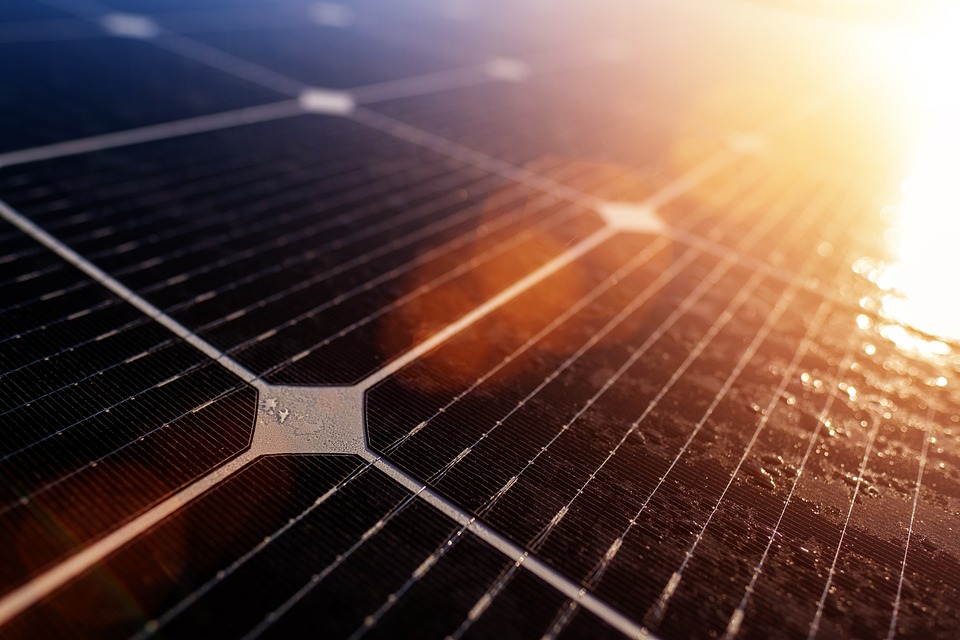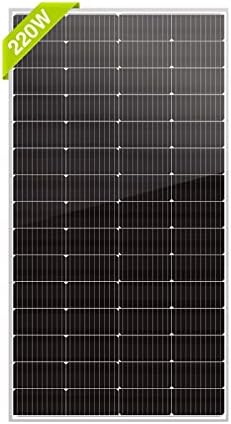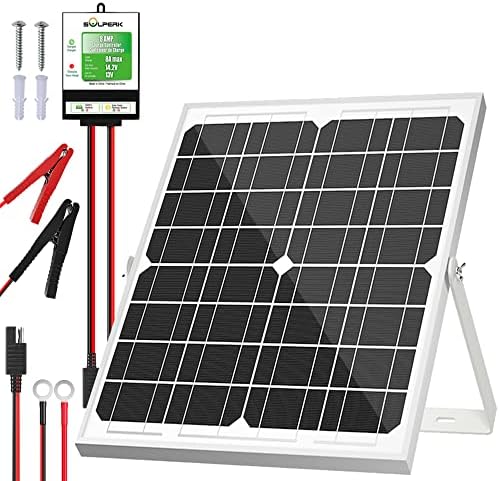As rays of sunlight dance playfully through the branches of the towering oak trees that surround my humble abode, I can’t help but reminisce about my journey towards sustainable living. The days when I relied on conventional power grids seem like a distant memory now, thanks to the incredible advancements in solar panel technology. From rooftops to power grids, solar panels are not only revolutionizing energy production but also empowering individuals to take control of their energy consumption like never before.
Solar panels, also known as photovoltaic (PV) cells, harness the sun’s abundant energy and convert it into electricity. This clean, renewable source of power has become an indispensable element of the sustainable living movement. When I first ventured off the grid, solar panels were a luxury reserved for the environmentally conscious or the wealthiest among us. However, as technology has advanced and costs have plummeted, solar panels have become more accessible to the average person.
One of the most remarkable aspects of solar panels is their versatility. Gone are the days when solar panels were limited to expansive fields or sprawling estates. Today, they can be found atop rooftops, in small-scale installations, or even integrated into the design of everyday objects like backpacks and phone cases. This newfound flexibility has allowed individuals from all walks of life, regardless of their living situation, to enjoy the benefits of solar energy.
Installing solar panels on rooftops has become an increasingly popular choice for homeowners across the globe. And why wouldn’t it be? With numerous advantages, it’s hard to resist the allure of rooftop solar systems. Not only does this installation method maximize the amount of sunlight absorbed by the panels, but it also minimizes space constraints that come with ground-mounted systems. Additionally, rooftops are already existing structures, so the cost of land is eliminated. It’s a win-win situation for both the environment and the homeowner’s pocket.
Pro Tip: When considering installing solar panels on your rooftop, ensure proper orientation and tilt. In the Northern Hemisphere, south-facing roofs with an inclination between 30 and 45 degrees tend to yield the best results. However, each home’s specific circumstances may vary, so consulting with a reputable solar panel installation company is crucial to optimize your system’s efficiency.
Beyond individual residences, solar panels are also finding their place on the grand stage of energy production. Power grids, once synonymous with centralized control and dependency on fossil fuels, are now embracing the revolution brought forth by solar power. Solar farms, comprising numerous photovoltaic panels, harness the sun’s energy on a larger scale, contributing to the overall energy mix in communities. These farms are carefully planned to maximize the exposure to sunlight, ensuring the highest energy production possible.
It’s truly astonishing how solar power, once considered a niche alternative, has become a mainstream player in the energy sector. The falling costs and increasing efficiency of solar panels have made them commercially viable, attracting investors far and wide. Governments, recognizing the environmental and economic benefits, are implementing favorable policies and incentives to encourage solar power adoption. As a result, solar energy capacity has been skyrocketing globally, fostering a brighter and more sustainable future for all.
Pro Tip: If you’re considering investing in solar panels, make sure to explore any available financial incentives or tax credits in your area. Many governments offer rebates or grants that can significantly reduce the upfront cost of installation, making solar energy an even more attractive option.
The benefits of solar panels extend far beyond the reduction of electricity bills and minimization of carbon footprints. By embracing this revolutionary technology, individuals can take a proactive stance towards energy independence and resilience. When I first switched to solar power, I no longer felt beholden to the volatile energy market or at the mercy of utility companies. Instead, I became the master of my own energy destiny, capable of generating my own power and even contributing any excess to the grid.
In a world where climate change and environmental degradation have become pressing concerns, solar panels provide a glimmer of hope. With their emission-free energy production, they significantly reduce greenhouse gas emissions and air pollution, benefitting both the individual and the planet. Furthermore, solar panels require minimal maintenance, making them a reliable and hassle-free source of power. As the saying goes, “The sun never sends you a bill.”
Pro Tip: To make the most of your solar panels, consider combining them with energy storage solutions like batteries. This allows you to store excess energy generated during peak hours and use it during periods of low sunlight or high energy demand. Not only does this reduce your reliance on the power grid, but it also enhances your energy independence.
From rooftops to power grids, solar panels have unraveled a whole new realm of possibilities for sustainable living. They have empowered individuals to break free from traditional energy sources, fostering a sense of liberation and self-sufficiency. As I bask in the gentle warmth of the sun’s rays, knowing that it powers my life and home, I can’t help but be filled with gratitude for this remarkable technology. The solar revolution is here to stay, brightening our lives while we collectively move towards a greener, cleaner future.



